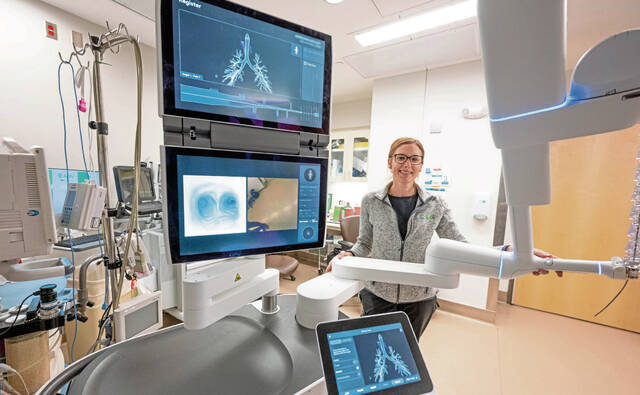Fallingwater, along with seven other Frank Lloyd Wright works, were officially named to the United Nations Educational, Scientific and Cultural Organization World Heritage list.
Selected by the World Heritage Committee in Baku, Azerbaijan, the sites show the development and evolution of modern architecture in the first half of the 20th century.
There are over 1,000 World Heritage sites around the world, but only 24 in the United States.
Fallingwater is located in Mill Run, Fayette County, off of Route 381.
The Wright houses have three attributes needed to make the list, including:
• Using geometric abstraction and spatial manipulation for functional and emotional needs;
• Designs rooted in natural forms;
• A series showing the evolving American experience.
Wright designed Fallingwater in 1935, and it is owned and operated by the Western Pennsylvania Conservancy. It has been open to the public as a museum since 1964 and is designated as a National Historic Landmark.
“This recognition is a tremendous honor, one reserved for the world’s most treasured places,” Justin Gunther, vice president of the Western Pennsylvania Conservancy and director of Fallingwater, said in a statement.
Other Wright works that were added to the World Heritage list were:
• Unity Temple, in Oak Park, Ill.;
• The Frederick C. Robie House, in Chicago;
• Taliesin, in Spring Green, Wis.;
• Hollyhock House, in Los Angeles;
• The Herbert and Katherine Jacobs House, in Madison, Wis.;
• Taliesin West, in Scottsdale, Ariz.;
• The Solomon R. Guggenheim Museum, in New York.
“We could not be more delighted with the inscription of these eight sites to the UNESCO World Heritage List,” Lynda Waggoner, director emerita of Fallingwater, said in the statement. “In many ways the recognition of the contribution of Wright to world architecture exemplified by these eight buildings is long overdue.
“These works sum up modern architecture in their open plans, abstraction of form, use of new technology, connection to nature and ability to adapt to modern living. I’m convinced that without Wright our architecture today would be very different.”








